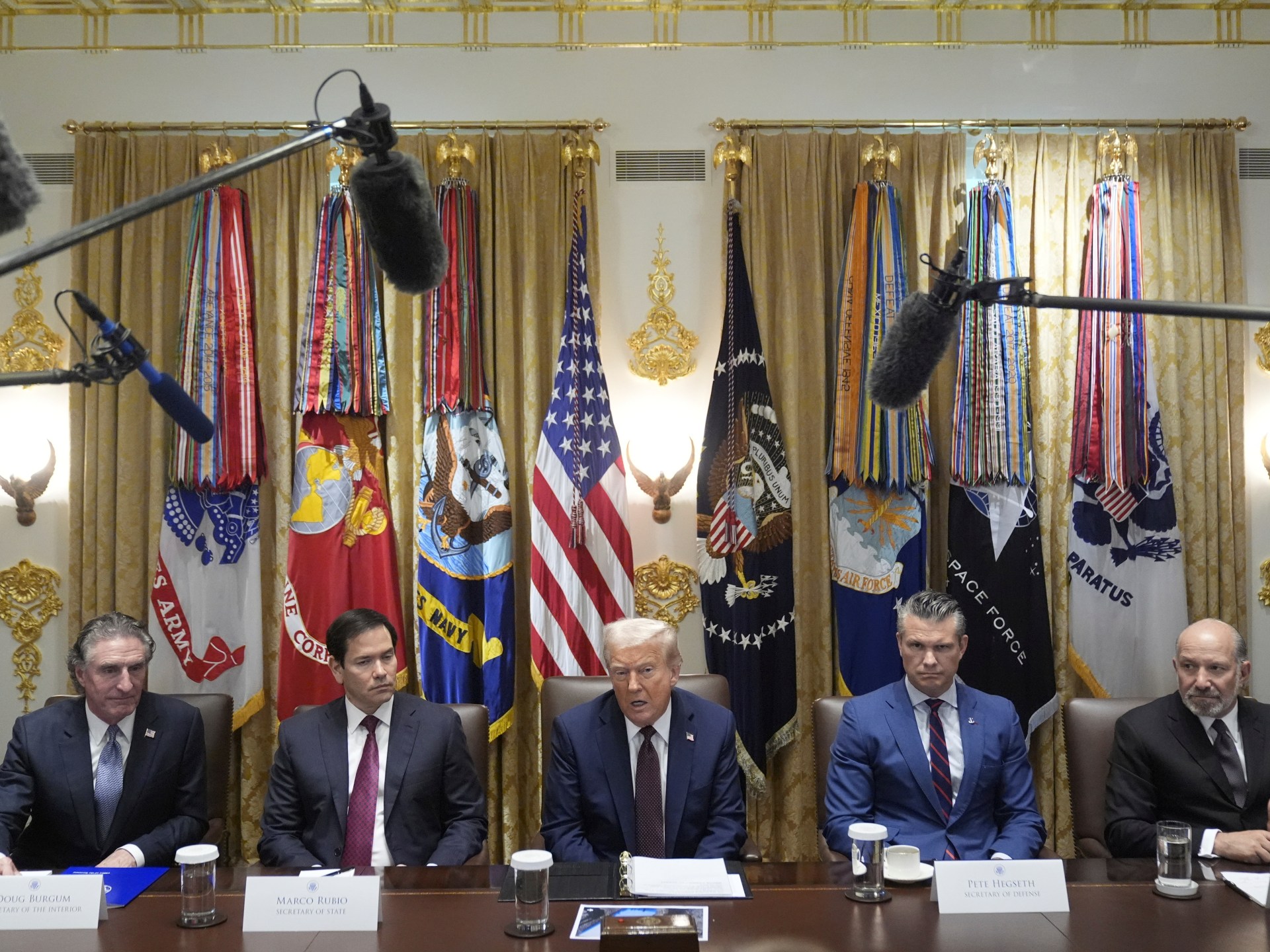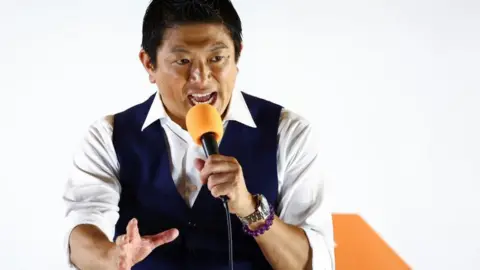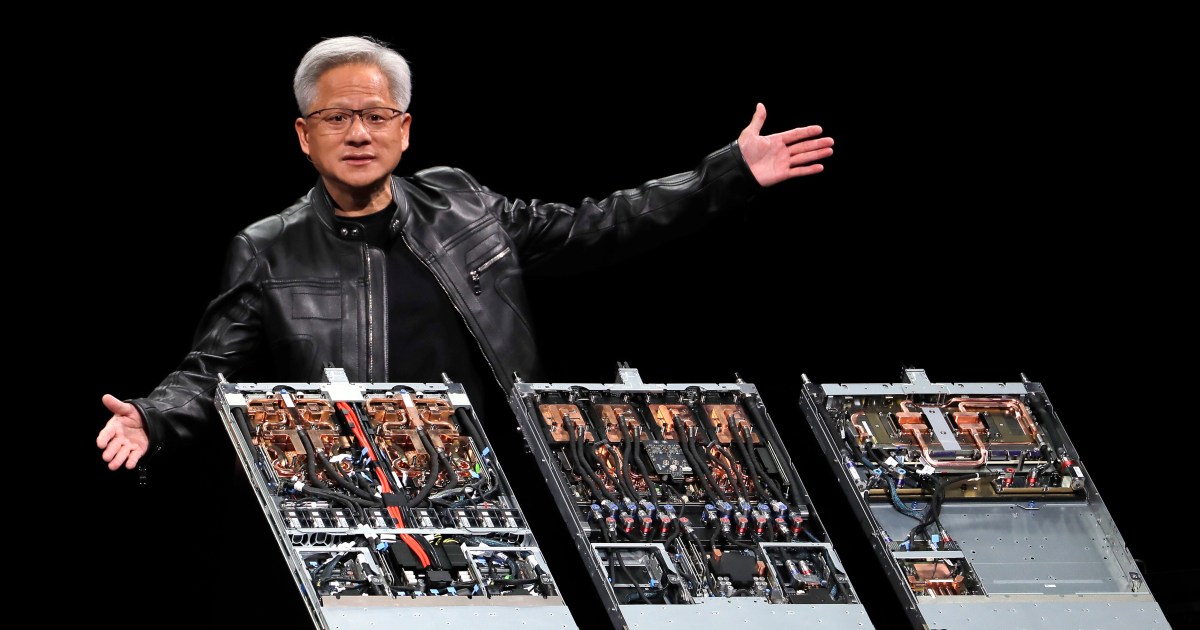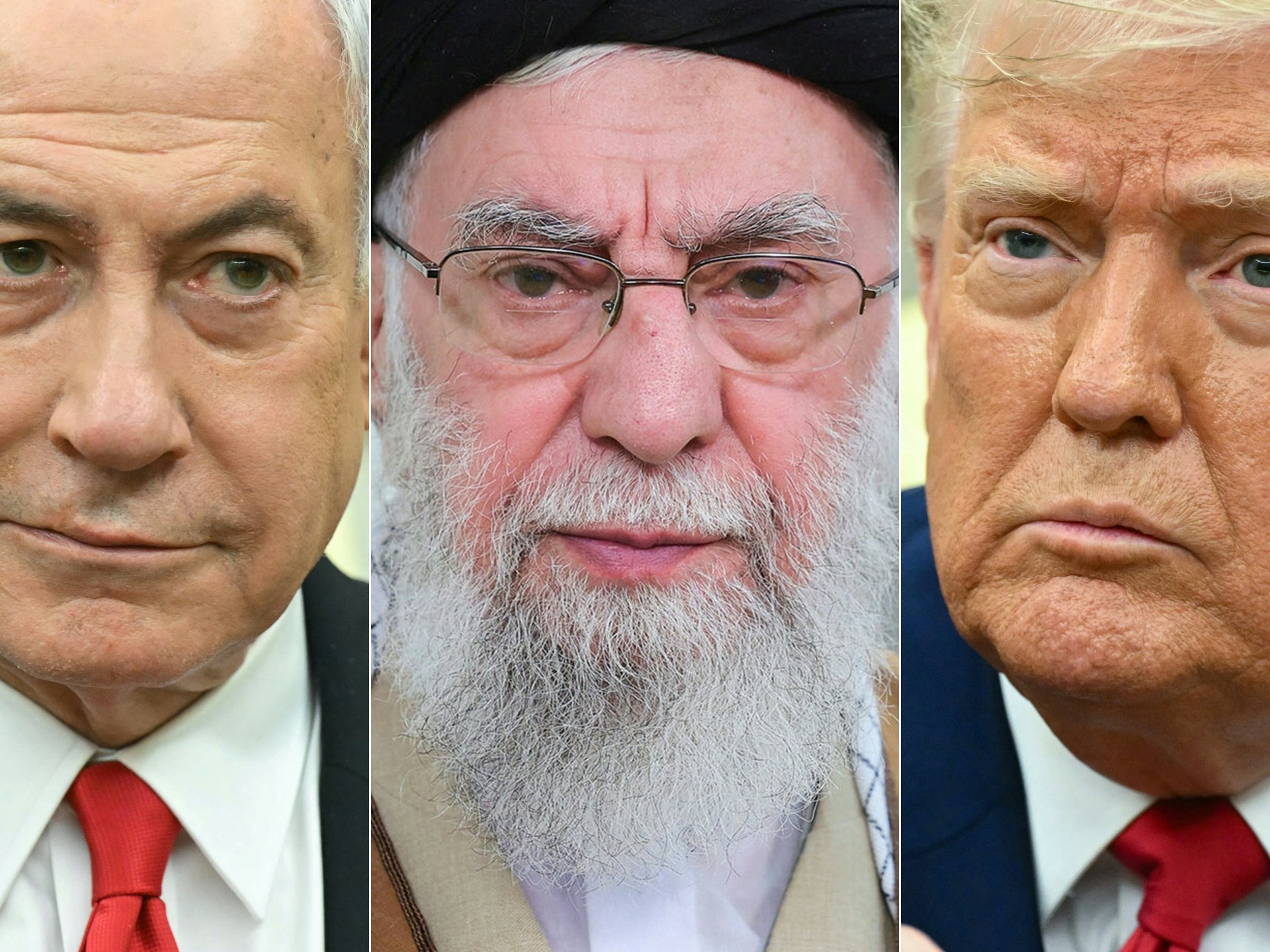Fact check: Have US workers gained $500 in wages this year? | Donald Trump News
Published On 6 Sep 2025
President Donald Trump said US workers are already benefitting from his economic policies.
“The average American worker has already seen a $500 wage increase this year,” Trump said during an August 26 Cabinet meeting.
Trump’s White House cherry-picked data that favours a higher earnings gain. Experts prefer a different measure, based on a larger sample size, that shows a smaller increase.
How the White House calculated a $500 pay bump
When we asked the White House press office for Trump’s data source, a spokesperson pointed us to Bureau of Labor Statistics figures for median usual weekly earnings of full-time wage and salary workers, seasonally adjusted.
This data shows that median weekly earnings rose from $1,185 in the fourth quarter of 2024 to $1,206 in the second quarter of 2025, which closely aligns with Trump’s second term in office.
Because those figures represent weekly earnings, we multiplied them by 26 to see how much a typical worker gained during the half-year period. Multiplying by 26 weeks produces a cumulative $546 rise in wages. This measure does not include part-time workers, who account for about a quarter of the workforce, or account for inflation.
Experts consider other measures more reliable
Economists said the White House’s chosen dataset isn’t as reliable as a different set – and the more reliable study shows a smaller wage increase.
The other dataset – average weekly earnings of all private-sector employees – is produced monthly by the Bureau of Labor Statistics.
Over the first six months of 2025, this statistic found a cumulative pay increase of about $121. That’s about one-quarter of what Trump said.
Several economists told us this is the preferred statistic for measuring wages, because it’s based on the Current Employment Statistics programme, which surveys 121,000 businesses and government agencies, collectively representing approximately 631,000 worksites. By comparison, the Current Population Survey, from which the White House’s data is drawn, samples 60,000 eligible households.
“I always trust the payroll series more,” said Douglas Holtz-Eakin, president of the centre-right American Action Forum.
Dean Baker, cofounder of the liberal Center for Economic and Policy Research, agrees, saying the data in the smaller household survey “is highly erratic”.
In addition, according to this dataset, the wage rise during President Joe Biden’s last two quarters was $884. This undercuts the notion that Trump’s gains have been unusually high.
Factoring in inflation
Because both of these measures fail to factor in inflation, they overestimate workers’ gains.
Another statistic, median usual weekly inflation-adjusted earnings for full-time wage and salary workers, 16 years and over, also from the US Bureau of Labor Statistics, is produced quarterly using the smaller sample-size household survey and takes inflation into account.
By this metric, workers’ pay increased by $1 per week between the final quarter of 2024 and the second quarter of 2025.
Multiplied by 26 weeks, this adds up to a $26 pay rise after inflation.
Our ruling
Trump said: “The average American worker has already seen a $500 wage increase this year.”
The White House cited wage statistics that show median wages for full-time workers rose by a cumulative $546 during the first two quarters of 2025.
A different set of statistics – one that economists consider more accurate because it’s drawn from a much larger sample that includes full- and part-time workers, and with less volatility – shows a much smaller rise in the average US worker’s pay over that period, about $121 over six months.
When inflation is factored in, full-time workers’ take-home pay rose by even less – by about $26 during the first six months of 2025.
The statement is partially accurate but leaves out important details. We rate it Half True.








